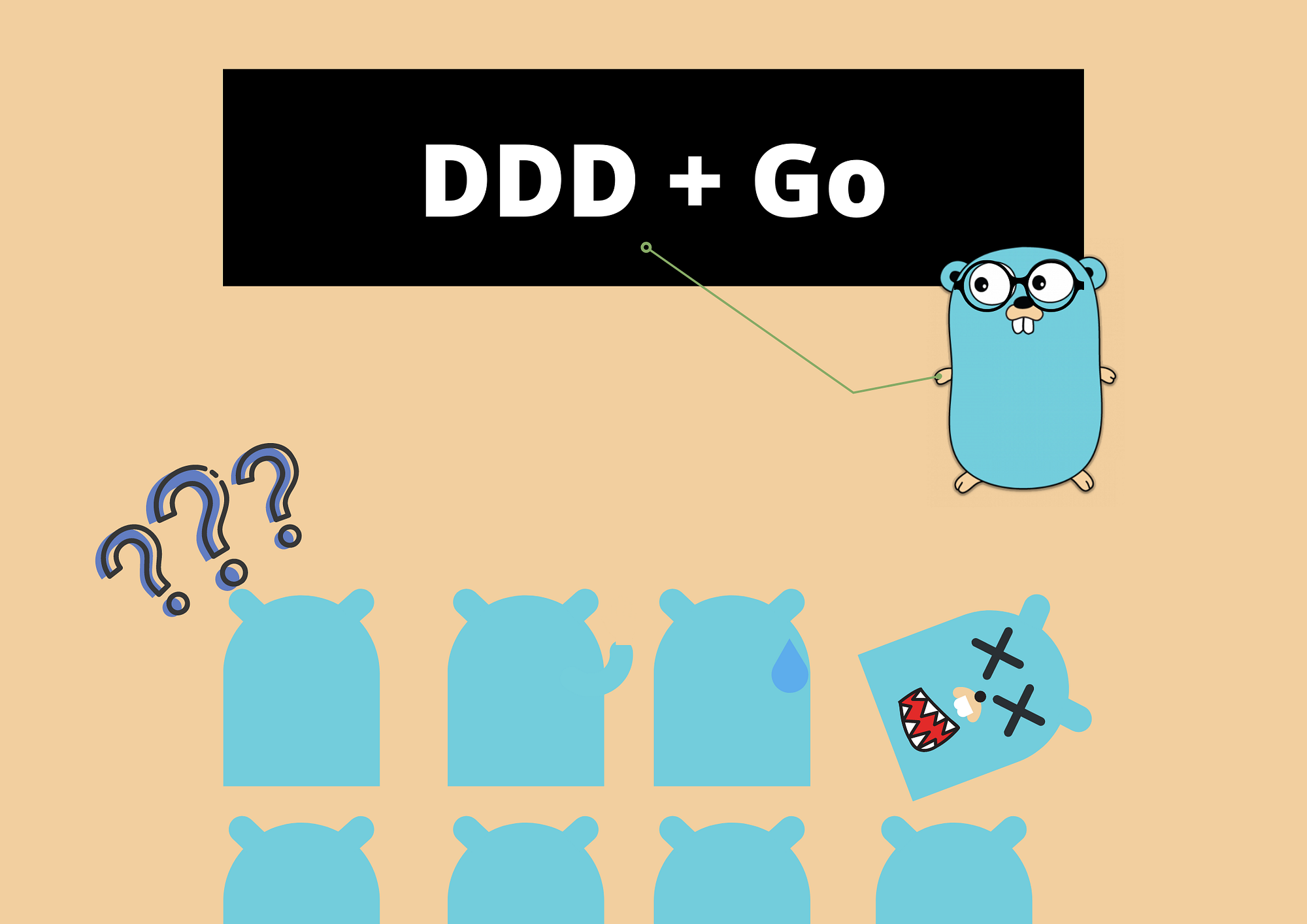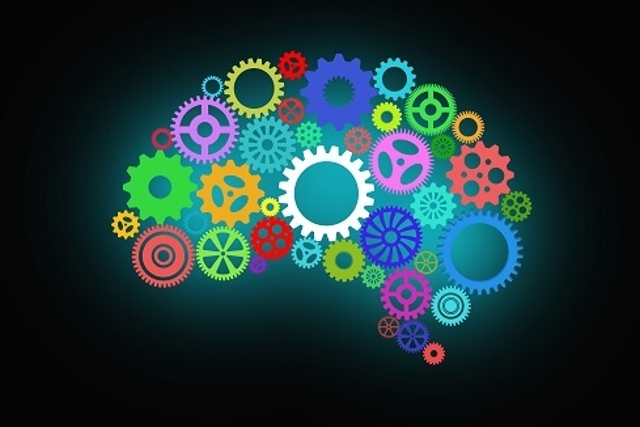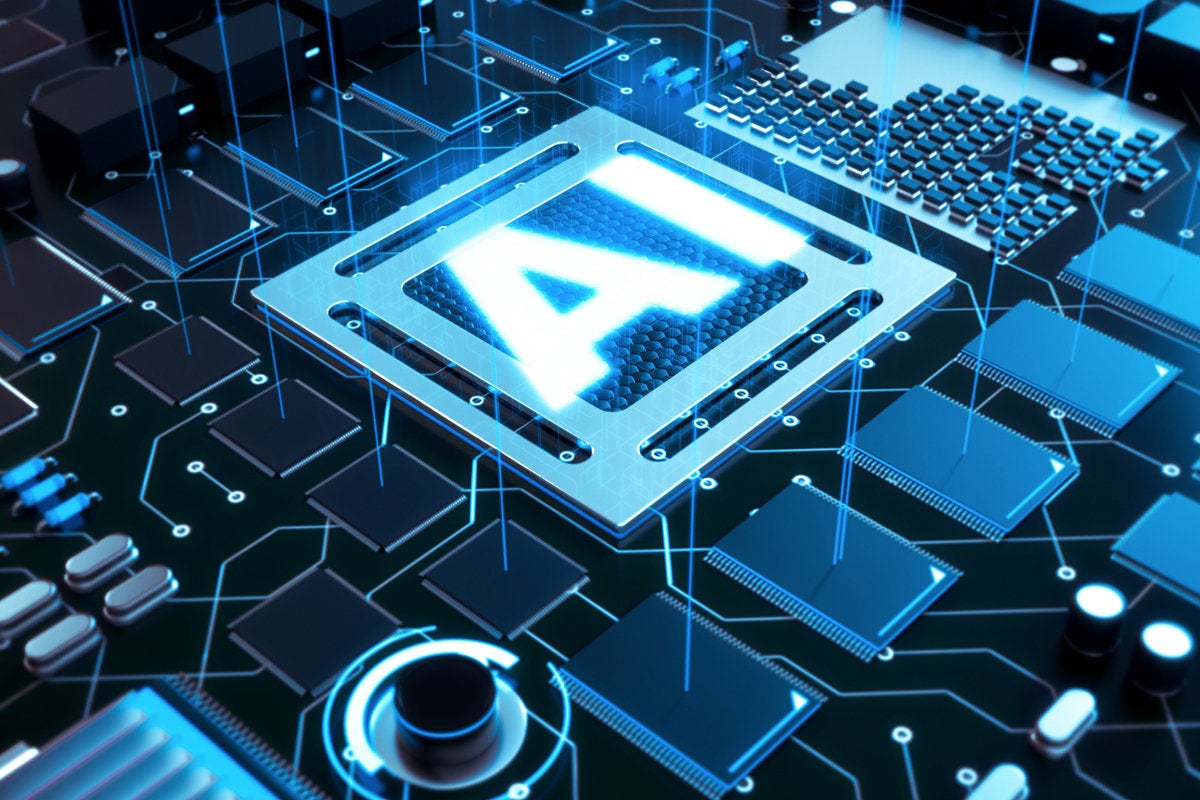Cyber Security In Cars

ISO/SAE 21434, Road vehicles – Cybersecurity engineering, addresses the
cybersecurity perspective in engineering of electrical and electronic (E/E)
systems within road vehicles. It will help manufacturers keep abreast of
changing technologies and cyber-attack methods, and defines the vocabulary,
objectives, requirements and guidelines related to cybersecurity engineering for
a common understanding throughout the supply chain. The standard, developed in
collaboration with SAE International, a global association of engineers and a
key ISO partner, draws on the recommendations detailed in SAE J3061,
Cybersecurity guidebook for cyber-physical vehicle systems, offering more
comprehensive guidance and the input of experts all around the world. Dr Gido
Scharfenberger-Fabian, Convenor of the group of ISO experts that developed the
standard, said it will enable organizations to define cybersecurity policies and
processes, manage cybersecurity risk and foster a cybersecurity culture.
“ISO/SAE 21434 will help consider cybersecurity issues at every stage of the
development process and in the field, increasing the vehicle’s own cybersecurity
defences and mitigating the risk of potential vulnerabilities for every
component,” he said.
Ultimate Guide to Becoming a DevOps Engineer

The job title DevOps Engineer is thrown around a lot and it means different
things to different people. Some people claim that the title DevOps
Engineer shouldn’t exist, because DevOps is ‘a culture’ or ‘a way of
working’—not a role. The same people would argue that creating an additional
silo defeats the purpose of overlapping responsibilities and having different
teams working together. These arguments are not wrong. In fact, some companies
that understand and do DevOps engineering very well don’t even have a role with
that name (like Google!). The truth is that whenever you see DevOps Engineer
jobs advertised, the ad might actually be for an infrastructure engineer, a
systems reliability engineer (SRE), a CI/CD engineer, a sysadmin, etc. So the
definition for DevOps engineer is rather broad. One thing that’s certain though
is to be a DevOps engineer, you must have a solid understanding of the DevOps
culture and practices and you should be able to bridge any communication gaps
between teams in order to achieve software delivery velocity.
WhatsApp fined a record 225 mln euro by Ireland over privacy
/cloudfront-us-east-2.images.arcpublishing.com/reuters/BL3X4VW4RJOB7OA75TFWXTADSY.jpg)
A WhatsApp spokesperson said in a statement the issues in question related to
policies in place in 2018 and the company had provided comprehensive
information. "We disagree with the decision today regarding the transparency
we provided to people in 2018 and the penalties are entirely
disproportionate," the spokesperson said. EU privacy watchdog the European
Data Protection Board said it had given several pointers to the Irish agency
in July to address criticism from its peers for taking too long to decide in
cases involving tech giants and for not fining them enough for any breaches.
It said a WhatsApp fine should take into account Facebook's turnover and that
the company should be given three months instead of six months to comply.
Europe's landmark privacy rules, known as GDPR, are finally showing some teeth
even if the lead regulator for some tech giants appears otherwise, said Ulrich
Kelber, Germany's federal commissioner for data protection and freedom of
information. "What is important now is that the many other open cases on
WhatsApp in Ireland are finally decided on so that we can take faster and
longer strides towards the uniform enforcement of data protection law in
Europe," he told Reuters.
DevOps, Low-Code and RPA: Pros and Cons
RPA programs enable companies to automate repetitive tasks by creating
software scripts using a recorder. For those of us who remember using the
macro recorder in Microsoft Excel, it’s a similar concept. Once the script is
created, users can then use a visual editor to modify, reorder and edit its
steps. Speaking to the growing popularity of these solutions was the UiPath
IPO on April 21, 2021, which ended up being one of the largest software IOPs
in history. The use cases for RPA programs are unlimited—any repetitive task
done via a UI is a candidate. RPA is an area where we’ve seen an intersection
of business-user designed apps (UiPath and Blue Prism) with more traditional
DevOps tools specifically in the test automation space (Tricentis, Worksoft,
and Egglplant) and new conversational-based solutions like Krista. In the case
of test automation, a lightweight recorder is given to a business user who can
then record a business process. The recording is then fed to the automation
team, which creates a hardened test case that in turn is fed into a CI/CD
system.
IBM quantum computing: From healthcare to automotive to energy, real use cases are in play

Quantum computers are better at that than classical computers, Utz said.
Anthem is running different models on IBM's quantum cloud. Right now, company
officials are building a roadmap around how Anthem wants to deliver its
platform using quantum technology, so "I can't say quantum is ready for
primetime yet," Utz said. "The plan is to get there over the next year or so
and have something working in production." A good place to start with anomaly
detection is in finding fraud, he said. "Classical computers will tap out at
some point and can't get to the same place as quantum computers." Other use
cases are around longitudinal population health modeling, meaning that as
Anthem looks at providing more of a digital platform for health, one of the
challenges is that there is "almost an infinite number of relationships," he
said. This includes different health conditions, providers patients see,
outcomes and figuring out where there are outliers, he said. "There's only so
much a classical system can do there, so we're looking for more opportunities
to improve healthcare for our members and the population at large," and the
ability to proactively predict risk, Utz said.
How to Implement Domain-Driven Design (DDD) in Golang
Domain-Driven Design is a way of structuring and modeling the software after
the Domain it belongs to. What this means is that a domain first has to be
considered for the software that is written. The domain is the topic or
problem that the software intends to work on. The software should be written
to reflect the domain. DDD advocates that the engineering team has to meet up
with the Subject Matter Experts, SME, which are the experts inside the domain.
The reason for this is because the SME holds the knowledge about the domain
and that knowledge should be reflected in the software. It makes pretty much
sense when you think about it, If I were to build a stock trading platform, do
I as an engineer know the domain well enough to build a good stock trading
platform? The platform would probably be a lot better off if I had a few
sessions with Warren Buffet about the domain The architecture in the code
should also reflect on the domain.
China’s Personal Information Protection Law and Its Global Impact

The law’s restrictions on cross-border data transfers may not affect
retailers that operate domestically, and hence have no need to transfer
information abroad. However, the story is vastly different for two types of
companies: those in possession of large amount of personal information and
those in possession of information on critical infrastructure. Moreover,
PIPL declares that the authority of domestic regulators supersedes that of
international treaties. PIPL will help foreign companies operating in China
without cross-border data transfers to develop privacy policies in
compliance with the law. Before PIPL, the lack of a domestic PI protection
law led to the broad adoption of the EU’s GDPR as a privacy policy among
foreign companies. However, the GDPR’s decision-making is based on
agreements among EU member states, which does not apply in the case of
China. Since PIPL will come into effect in November 2021, foreign firms in
China will need to revise their privacy policies to fit the requirements of
the new law.
10 Characteristics of an AI-Powered Enterprise

Digital transformation makes the inclusion of AI as part of the business
strategy even more important than it would be otherwise because digital
organizations are software companies. Since commercial applications and
tools are increasingly taking advantage of AI, the logical development by
extension is AI embedded in enterprise-built applications. After all,
businesses are moving more data and compute to the cloud and their new
applications are being designed as cloud-first applications. Of course, AI
and machine learning tooling is also available in the cloud, so developers
have what they need to build “intelligent” applications. AI and machine
learning don't just work, however. They require testing and monitoring.
“Losing trust in AI-infused applications is a high risk for AI-based
innovation,” said Diego Lo Giudice, VP and principal analyst at Forrester,
in a blog post. “Forrester Analytics data shows that 73% of enterprises
claim to be adopting AI for building new solutions in 2021, up from 68% in
2020, and testing those AI-infused applications becomes even more critical.”
Trust and safety are things that need to be proven through testing.
Why Rust is the best language for IoT development

Internet of Things (IoT) technology is rapidly terraforming the landscape of
modern society right in front of our very eyes, and propelling us all into
the future. It does this by providing solutions to everything from tracking
your daily personal fitness goals with an Apple watch, to completely
revolutionising the entire transport sector. These devices connect to each
other and form the great network required for something like a digital twin;
they are constantly collating data in real time from the surrounding
environment which means that the system is always using entirely current
information. As amazing and powerful as this technology is, it is slightly
held back by the fact that, by their very nature, IoT devices have far less
processing power than your average piece of equipment. This requires a much
more efficient code to be written to fully take advantage of its raw
potential without affecting the device’s performance. This is where Rust
comes into the picture as one of the very few languages that can provide a
faster runtime for IoT technology.
Are Tesla’s Dojo supercomputer claims valid?

The D1, according to Tesla, features 362teraFLOPS of processing power. This
means it can perform 362 trillion floating-point operations per second
(FLOPS), Tesla says. Now imagine harnessing the processing power of 25 D1
chips into a training tile, and then linking together 120 training tiles
through multiple servers. That’s what Tesla is doing with the Dojo
supercomputer for its autonomous cars. And with each training tile
containing 9PFLOPS of computing power, Dojo has (by my possibly inaccurate
calculations) 1.08 exaFLOPS of power under its hood (Tesla calls it
1.1EFLOPS). That kind of horsepower would make Dojo more than twice as fast
as the currently acknowledged fastest supercomputer in the world, Fugaku.
Built by Fujitsu, this supercomputer reaches speeds of 442PFLOPS.
Supercomputers already are being used to accelerate medical research and
drug development because they are capable of quickly processing massive
amounts of data. Indeed, researchers have relied on supercomputers to power
COVID-19 research since the pandemic began in early 2020.
Quote for the day:
"Great leaders go forward without
stopping, remain firm without tiring and remain enthusiastic while
growing." -- Reed Markham
No comments:
Post a Comment